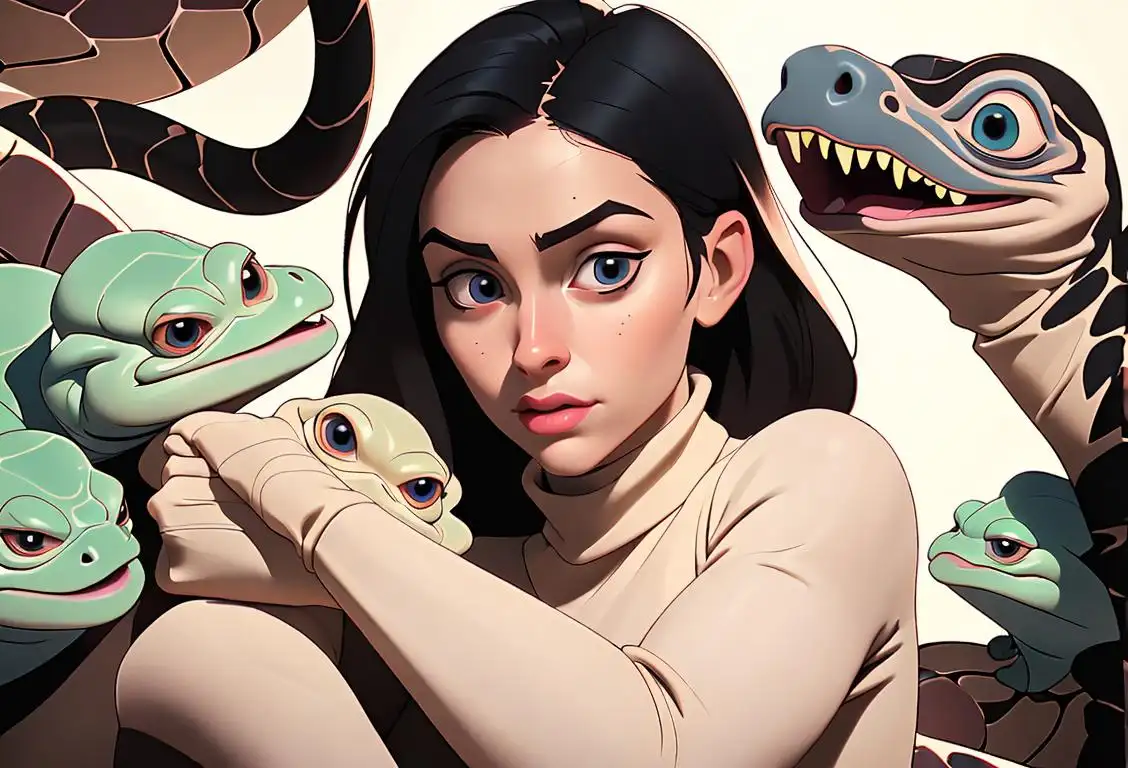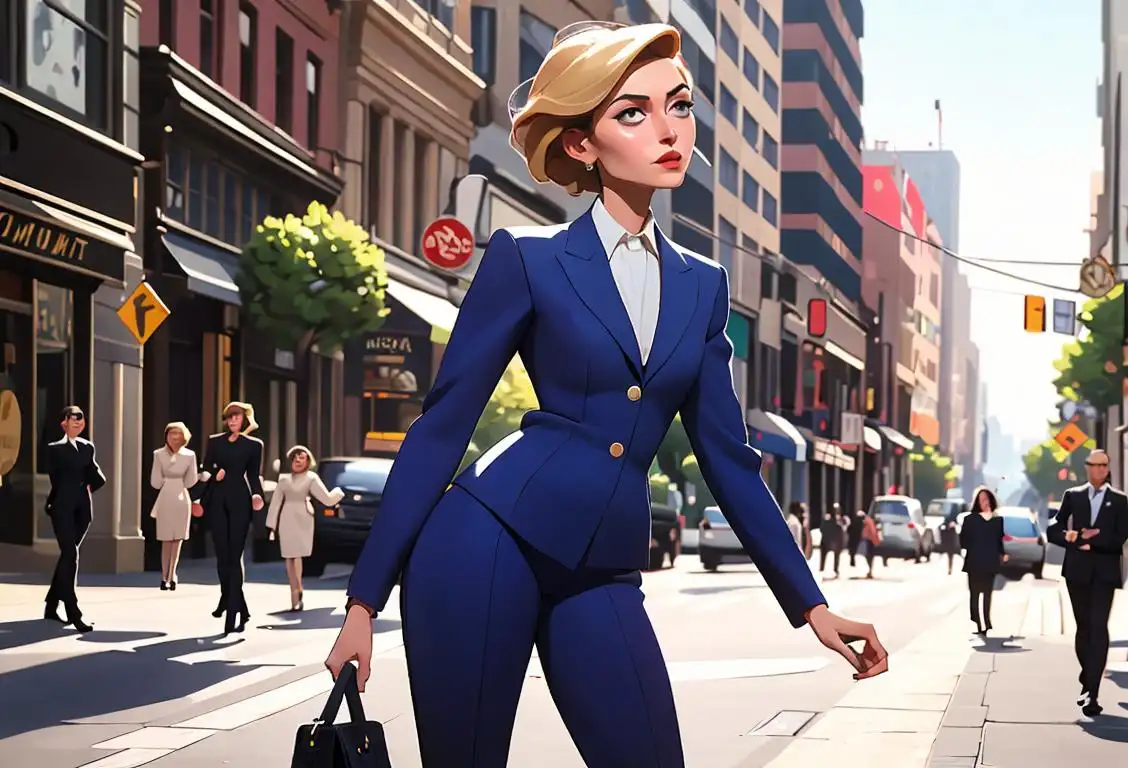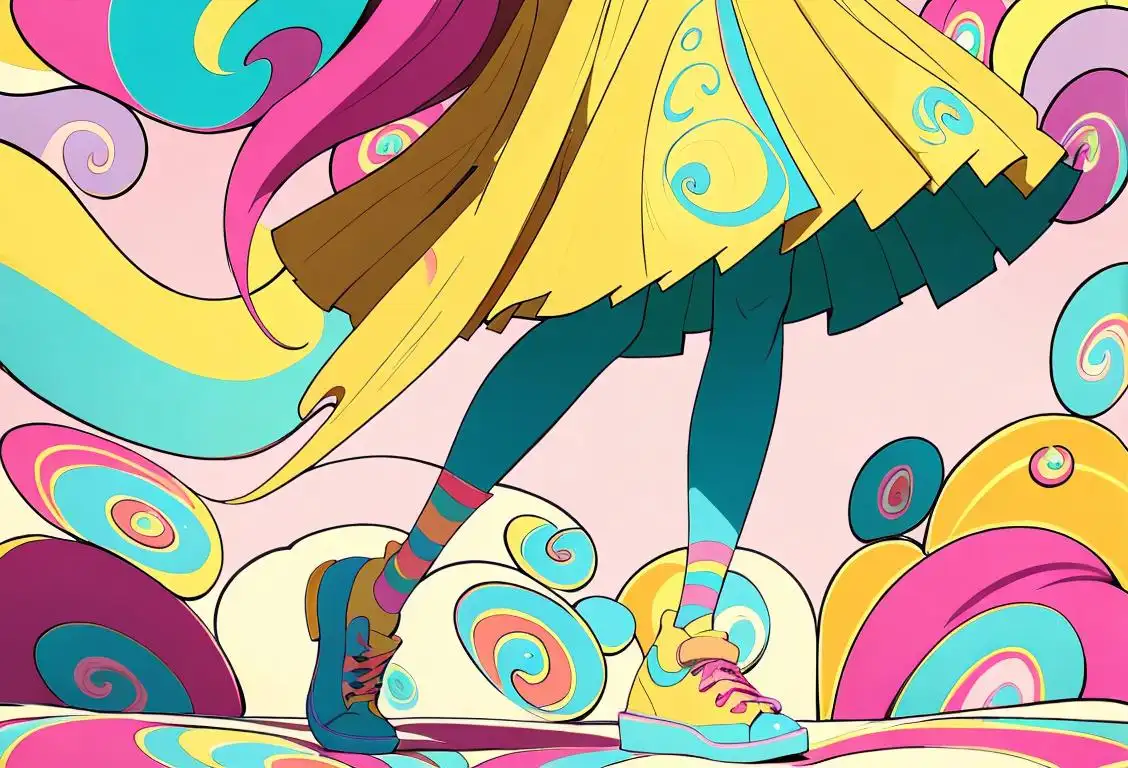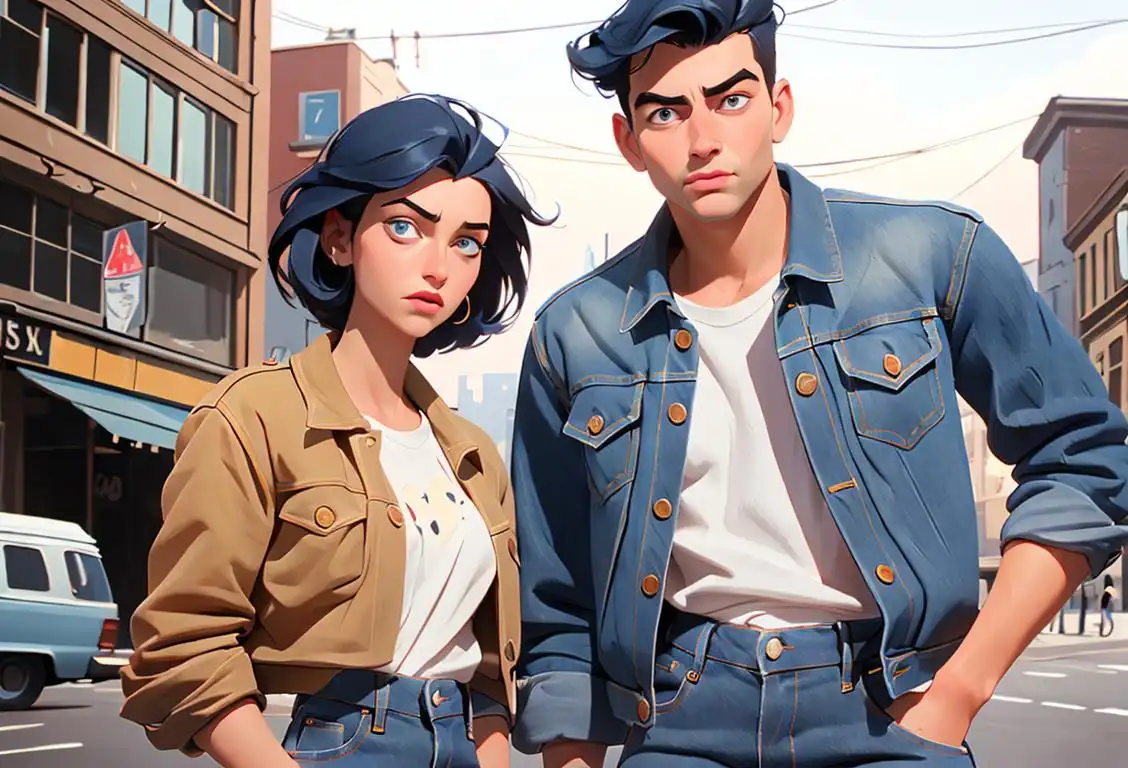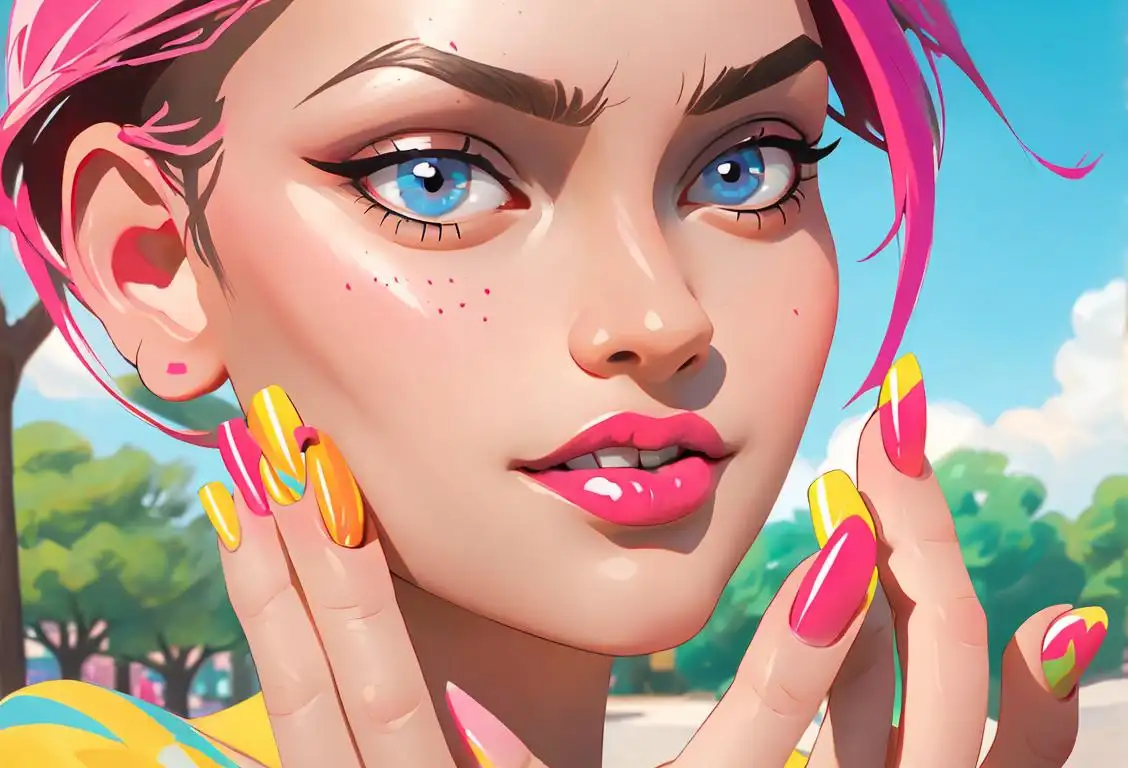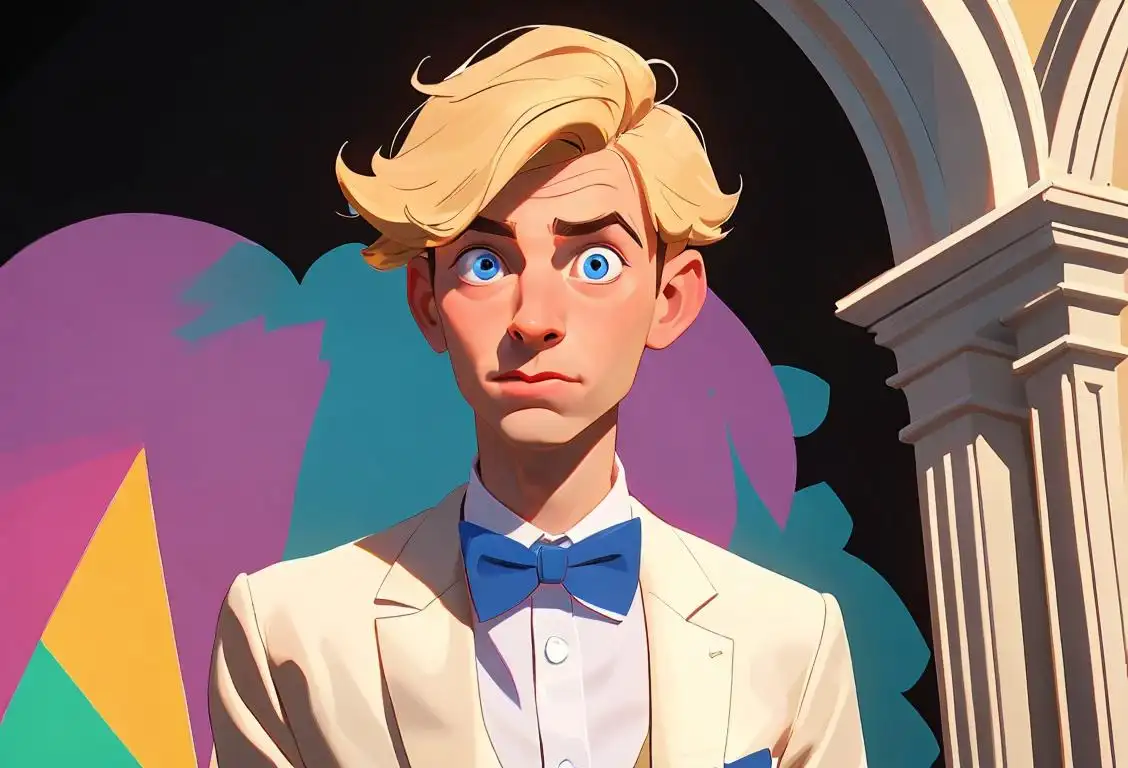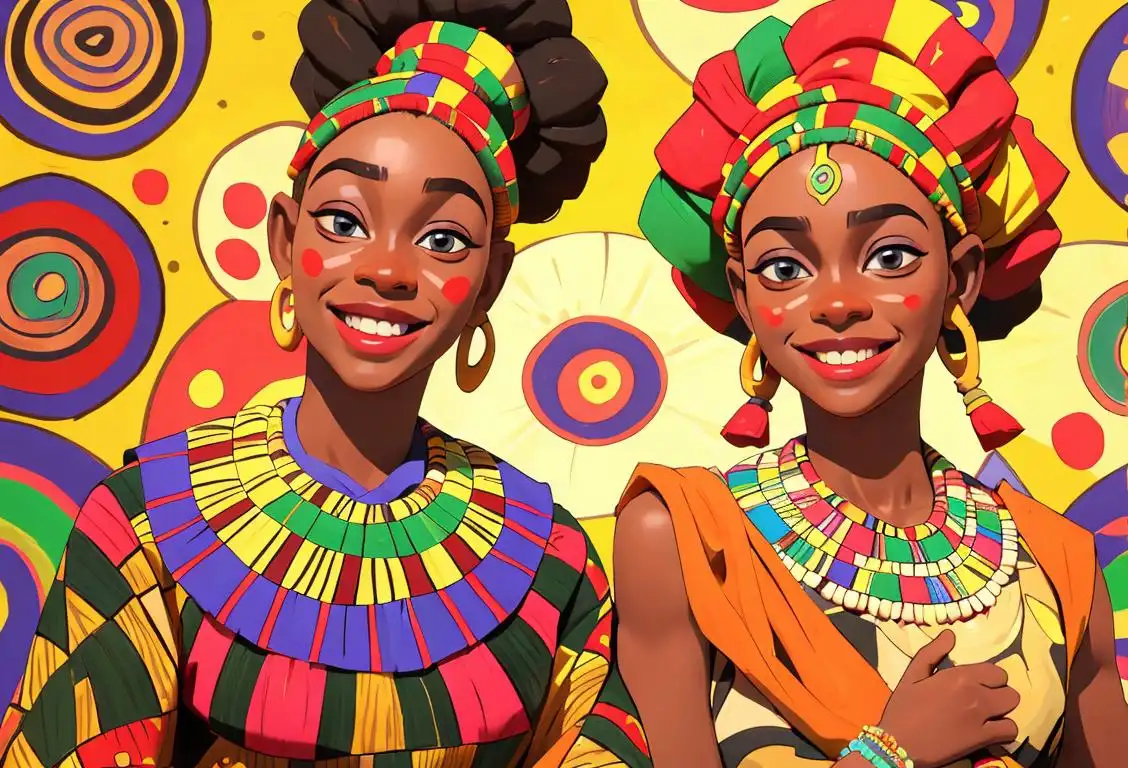National Crossdressing Day
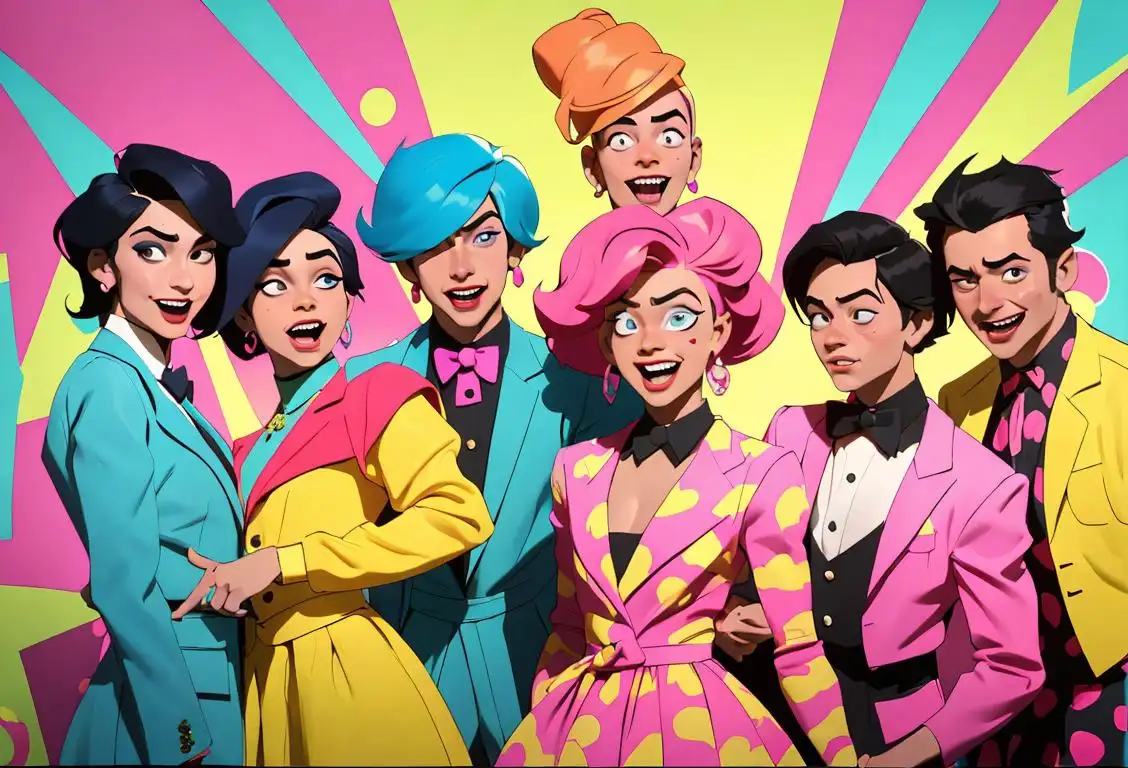
Buckle up, style pioneers, and get ready to step into a different pair of shoes (preferably high heels). We're preparing to delve into the flamboyant, fabulous and utterly unique history of National Crossdressing Day. Hold on to your feather boas, folks, because it's about to get wildly fashionable.
When is Crossdressing Day?
It's national crossdressing day on the 31st March.
A Brief History of National Crossdressing Day
While it might not have the millennium-long legacy of some national days, National Crossdressing Day has carved out its own place in the digital world. Our site first detected mentions of this sartorial celebration in 2015, with March 31st being a recurrent favorite. The day encourages people to quite literally try on someone else's style, promoting self-expression and freeing us from the constraints of societal norms.
Why Do We Celebrate It?
It's all about breaking barriers, sparking conversations, and, most importantly, having fun. National Crossdressing Day presents an opportunity to question gender norms, embrace individual expression, and promote inclusivity. After all, clothing doesn't and shouldn't be limited by gender. So switch up that suit for a carefree dress, or trade your skirt for some spiffy slacks; it's about shaking the fashion tree and seeing what falls out!
Celebrating National Crossdressing Day
How does one celebrate such a day? With creativity and zeal! It's a day where anyone and everyone can swap their day-to-day appearances for something entirely different. Get together with friends, family, and loved ones for a day of shopping, swapping, and styling. The more outrageous the outfit, the better.
Remember, it's all in the name of fun, inclusivity, and breaking down the binary expectations of fashion. Whether it’s a full-blown event with music, fun and laughter, or a quiet personal celebration, National Crossdressing Day is a vibrant reminder that fashion is fluid, and style knows no gender.
History behind the term 'Crossdressing'
1919
The Rise of Vaudeville
During the 1910s, Vaudeville entertainment was at the height of its popularity. Vaudeville shows featured a wide range of acts, including comedy skits, musical performances, and acrobatics. It was in this era that crossdressing began to gain recognition as a form of entertainment. Male performers would dress in women's clothing and vice versa to add an element of surprise and humor to their acts.
1870
The Phrase is Born
The term 'crossdressing' originated in the late 19th century, around 1870. It was coined to describe the act of wearing clothing and adopting gender expression that is typically associated with the opposite sex. This term emerged as society started to become more aware and accepting of individuals who transgressed traditional gender norms.
1930
Hollywood Cinema and the Glamourization of Crossdressing
In the 1930s, Hollywood started to explore the concept of crossdressing in films. Two notable examples from this era are the movies 'Some Like It Hot' (1959) and 'Glen or Glenda' (1953), which both featured male characters dressing as women. These films not only entertained audiences, but also challenged societal norms and sparked conversations about gender identity and expression.
1910
Public Awareness Grows
During the early 20th century, crossdressing started to gain public attention and recognition. Artists and performers, such as vaudeville entertainers, began exploring gender boundaries through their stage acts. This led to an increase in visibility and a growing cultural fascination with crossdressing.
1920
Film and Crossdressing
In the 1920s, Hollywood embraced the concept of crossdressing in films. Actresses, such as Marlene Dietrich, pushed the boundaries of gender representation by wearing masculine clothing on-screen. This challenged societal norms and sparked conversations about gender identity and expression.
1960
The Rise of the LGBTQ+ Rights Movement
The 1960s marked a turning point for the acceptance of crossdressing within the LGBTQ+ community. The fight for LGBTQ+ rights gained momentum with events such as the Stonewall Riots in 1969, which brought visibility to the struggles faced by the community. Crossdressing became an important form of self-expression and identity for many individuals within the LGBTQ+ community.
1980
Milestone in Pop Culture: 'Tootsie'
The release of the film 'Tootsie' in 1982 starring Dustin Hoffman had a significant impact on the perception of crossdressing. The movie highlighted the challenges faced by a male actor who dressed as a woman to land a job. 'Tootsie' not only entertained audiences but also brought attention to gender stereotypes and the struggles faced by individuals who choose to crossdress.
1960
Crossdressing in Popular Culture
The 1960s saw a significant cultural shift and the emergence of countercultural movements. This era brought crossdressing into mainstream popular culture with icons like David Bowie. Through their provocative and boundary-pushing performances, these artists challenged norms and helped break down gender stereotypes.
Present
Acceptance and Diversity
In recent years, there has been a growing acceptance and celebration of crossdressing as a diverse form of self-expression. Many communities, events, and platforms now exist that offer a safe space for individuals to explore and express their gender identity through crossdressing. The term has evolved to encompass a broader range of identities beyond the traditional binary understanding of gender.
1990
Transgender Movement and Recognition
The 1990s marked a pivotal moment in the history of crossdressing. It became intertwined with the transgender movement, advocating for the rights and recognition of individuals whose gender identity does not align with their assigned sex at birth. This increased visibility and understanding led to more acceptance and support for the crossdressing community.
Present
Crossdressing in Art, Fashion, and Advocacy
Crossdressing continues to be explored and celebrated in various art forms, including fashion, film, and performance art. It is recognized as a means of self-expression and challenging traditional gender norms. Through advocacy and education, the crossdressing community works towards fostering understanding, acceptance, and inclusivity in society.
Did you know?
Did you know? The term 'cross-dressing' was coined by the nineteenth-century sexologist, Magnus Hirschfeld. It replaced earlier derogatory terms, reflecting a more accepting and open discourse about gender and fashion.Tagged
awareness fun style fashion expression breaking norms crossdressing dayFirst identified
31st March 2015Most mentioned on
31st March 2015Total mentions
7Other days
Crossdressing Day
Turtleneck Day
Pantsuit Day
Two Different Colored Shoes Day
Croc Day
Denim Day
Hat Day
Nail Polish Day
Bow Tie Day
Dashiki Day
